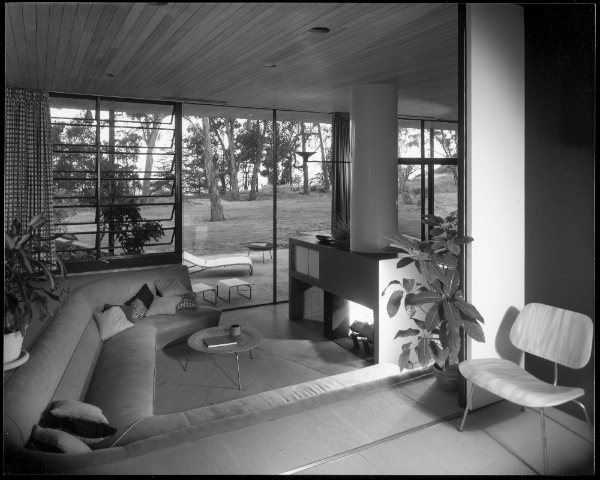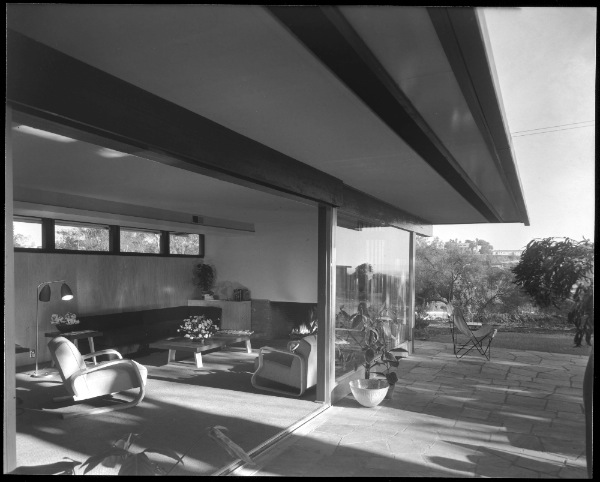The mid century period has been revolutionary for home architecture and not just only in the field of design. In fact, during that period architects introduced radical changes in the way of designing the interiors.
Probably, the most important of those innovations was the Open Floor Plan.
The screen was an example of how the inhabitants of mid century homes used inner spaces in a completely different way. The designers and the architects got requests for a change coming from people.
The Mid Century Open Floor Plan: the Historic Context.
(the Case Study House #9)
After the World War II, people started to think and desire for a better and brighter future. Optimism was the key to the mid century economic boom.
The hope for a better future was clear to the architects and designers too, who translated it in new dwellings characterized by the harmony of the inner spaces with the surrounding landscape and by large flexible rooms where family members could spend time together.
The Origins of The Open Floor Plan.
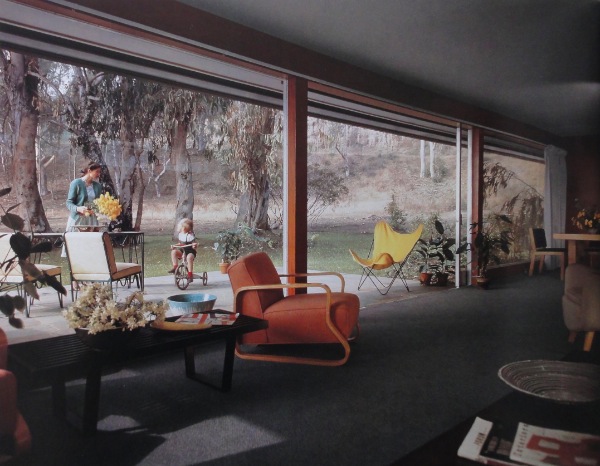
(the Case Study House #20)
The idea of reserving rooms for special occasions disappeared and it was replaced by the concept of a large space designed for daily uses; the so called ‘open floor plan’.
This new concept of designing homes became the key to the mid century interior.
The Open Floor Plan joined the entire family in the same room, yet created spaces for individuals in the zones for different activities designed within it.
(the Case Study House #20)
This new home living philosophy, which soon became synonymous with American mid century living, had its origins in North European countries like Denmark, Finland and Sweden, where architects and designers like Alvar Aalto had already introduced the open plan concept for decades. You can see a great example of this in the Alvar Aalto: The Villa Mairea.
Large rooms now held different uses that were previously reserved to specific rooms. But, even if rooms were designed to be large common spaces, some architects introduced flexible modules in the architecture. This concept fulfilled the need for privacy and quiet as and when required.
An interesting example of this is the Italian architect GioPonti’s own house in Milan, completed in 1957. Ponti divided the apartment with retractable accordion like screens but used dynamic tile flooring and the same ceiling decor throughout to provide a visual link between the separate spaces.
This way, he was able to link the new concept of ‘open floor plan’ living area with the more traditional separation of living spaces found in 50s Italian houses.
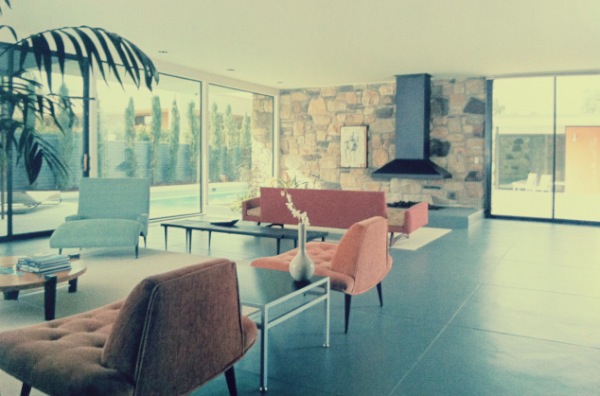
When not included in the architecture of the house itself, other solutions helped home owners to have some privacy if needed.
With this goal in mind, Charles and Ray Eames then re-designed the 1930s Alvar Aalto’s Screen 100. After experimenting with the material, they realized that the U-shaped pieces of molded plywood were not enough to maintain the stability.
The main issue of the Screen 100 was in fact the lack of stability which the Eames fixed by enlarging the strips to 22.5cm, linking them with full length canvas hinges running throughout the screen. This particular design of the screen designed for Herman Miller made it foldable, easy to transport and store.
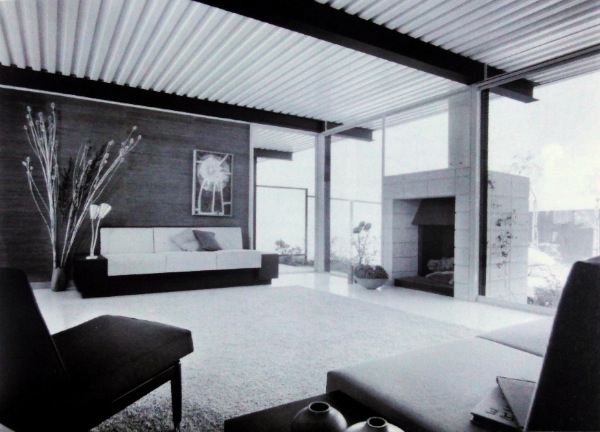
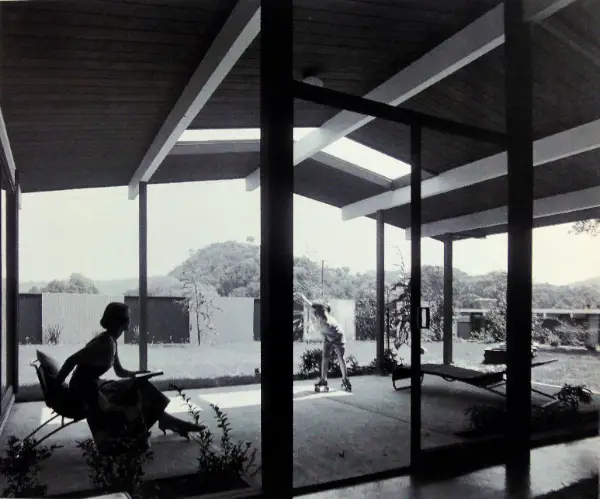
(Eichler Houses)
Although the screen was designed to be mass produced, the manufacturing process involved a lot of handwork, especially to insert the canvas hinges, increasing the production costs. Because of this, it had been discontinued in 1955 to be reintroduced few years ago, thanks to new processes and materials which made its production economical again.

